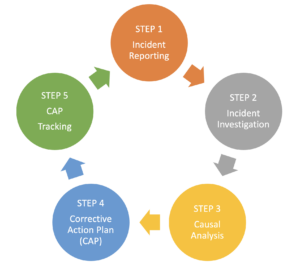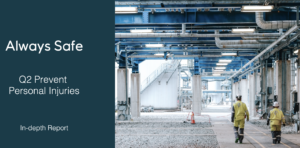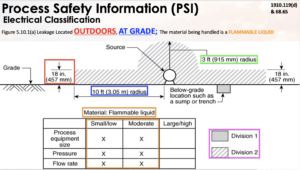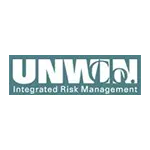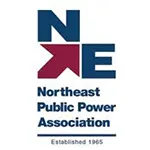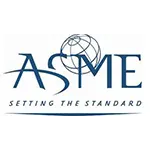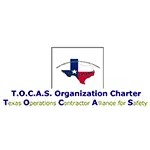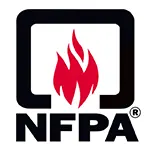Let us help you make sense of PSM / RMP!
My friend Brian Chapin will be offering an open-enrollment PSM/RMP class in Burleson, Texas, July 8th to 11th, 2025. Brian is an absolute pro in NH3 Refrigeration Process Safety. Anyone who attends will also get a FREE membership to SAFTENG. You can get more information on the class with this link.
CLICK HERE to Renew your Membership
CLICK HERE for a NEW Membership
CLICK HERE to see eligibility requirements for FREE Membership
If you have any questions, please contact m
SAFTENG has:
- Over 18,000 categorized unsafe acts/conditions and accident/injury photos
- Over 1,500 ppt's & doc's in the SAFTENG Library
- Over 4,000 Technical Articles on Process Safety, Emergency Response & OSH topics
- Over 450 videos (those not allowed on YouTube Channel)
Many THANKS to my NEW Members and those who CONTINUE to support SAFTENG:









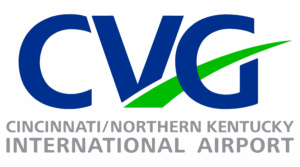




February 9, 2024
Respondent owns and operates a cheese manufacturing facility. On March 22, 2022, EPA performed an inspection of the Facility to evaluate compliance with CERCLA Section 103, EPCRA Sections 304-312, and CAA Section 112(r). Based upon the information gathered during the Inspection and subsequent investigation, EPA determined that Respondent violated certain provisions of CERCLA, EPCRA, and the CAA. ALLEGED...
Read More
February 9, 2024
On August 23, 2023, an employee was troubleshooting an unscrambler machine malfunction. The employee walked around to the bottom of the support frame of the machine, near two parallel drive chains. A coworker restarted the machine, and the employee was pulled into the machine by the drive chains. The employee was killed. Source: https://www.osha.gov/ords/imis/establishment.inspection_detail?id=169...
Read More
February 8, 2024
This “process” must be in place within any SMS Incident Management Element, including a Process Safety Management System. This process is used for ALL UNPLANNED events, not just EHS-related events. Although this process appears simple, it can be full of challenges and very error-prone, eroding trust and credibility. There can be variations in each step of this process. ...
Read More
February 8, 2024
On May 23, 2023, @ 9:00 a.m. Employee #1 and Employee #2, both maintenance workers for a petroleum refinery, were troubleshooting an automated valve in the “Prime G Unit.” Flammable gasoline/hydrocarbons in the piping and flange portion of the automated valve were released, causing an explosion, and fire.
…
HomeRead More »
Read More
February 7, 2024
OSHA issued $290,358 in proposed penalties following an August 2023 explosion at a paint factory in Garland, TX. One employee was injured in the explosion at the factory. OSHA issued one repeat and eight serious citations. The repeat citation was a $161,310 proposed penalty. The proposed penalties for the eight other citations are $16,131 each.
…
HomeRead More »
Read More
February 6, 2024
I want to thank Marcin Nazaruk for sharing this report with his LinkedIn connections. The document below is a MUST READ and DIGEST for all safety professionals, but certainly for those who manage high-risk workplaces. Equinor – the Norwegian Oil and Gas Company, with associated companies such as ConocoPhillips, Vår, or Aker BP, as part of their “Always Safe” initiative,...
Read More
February 5, 2024
When a person responds as if the worker has become stupid, that response is more about the organization than the worker in question We must battle the need to believe that when a worker has some type of bad outcome, that adverse outcome happened because the worker became momentarily incompetent. Our thinking is driven by a bias toward bad things happening because someone did something bad. The bias...
Read More
February 5, 2024
When a person responds as if the worker has become stupid, that response is more about the organization than the worker in question We must battle the need to believe that when a worker has some type of a bad outcome, that adverse outcome happened because the worker became momentarily incompetent. Our thinking is driven by a bias toward bad things happening because someone did something bad. The bias...
Read More
February 3, 2024
The word “adjacent” may be small in terms of letters used to spell it, but it has an enormous impact on the world of process safety. Both OSHA’s Process Safety Standard (1910.119) and EPA’s Risk Management Plan (Part 68) use the word “adjacent.” Here is how Webster defines “adjacent” adjacent (adjective): not distant: nearby It is important...
Read More
February 3, 2024
A great and reliable resource to help comply with…
1910.119(f)(1)(iii)(C) Control measures to be taken if physical contact or airborne exposure occurs;
https://www.cdc.gov/chemicalemergencies/factsheets/ammonia.html
Read More
February 2, 2024
CLICK HERE for the pdf slides
OSHA’s NEW Proposed Rule 1910.156 Emergency Response rule from OTI Education Center on Vimeo.
Read More
February 2, 2024
This week, OSHA posted an LOI regarding terms used in the PSM Standard, and this LOI has generated some discussions amongst some SAFTENG members, most notably… How are we required to document our HAZLOCs? In OSHA’s LOI, it referenced 1910.307 Hazardous Locations standard which simply states: (emphasis by me) 1910.307(b) Documentation All areas designated as hazardous (classified)...
Read More


